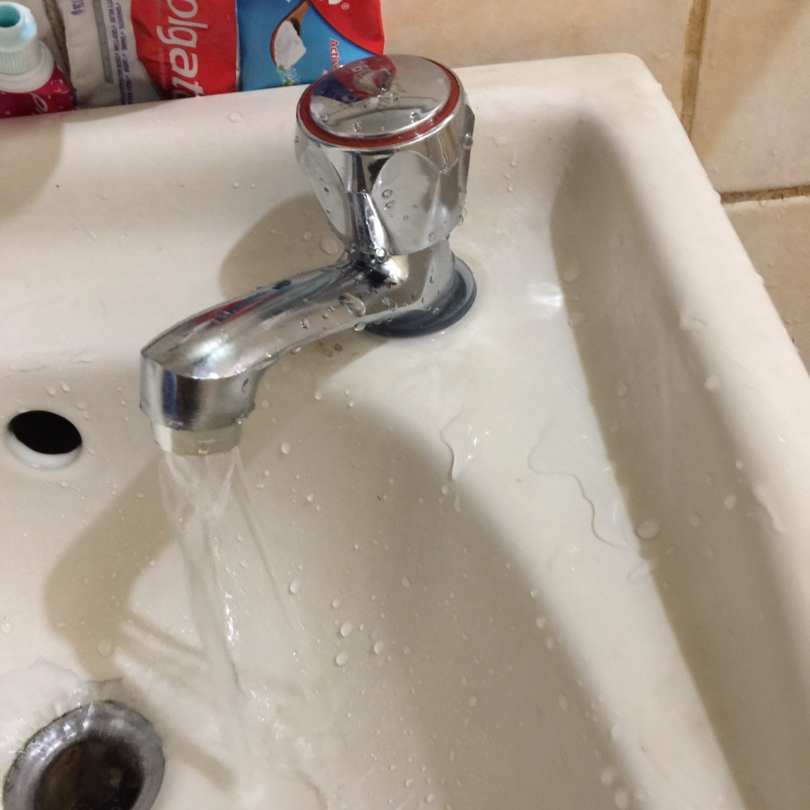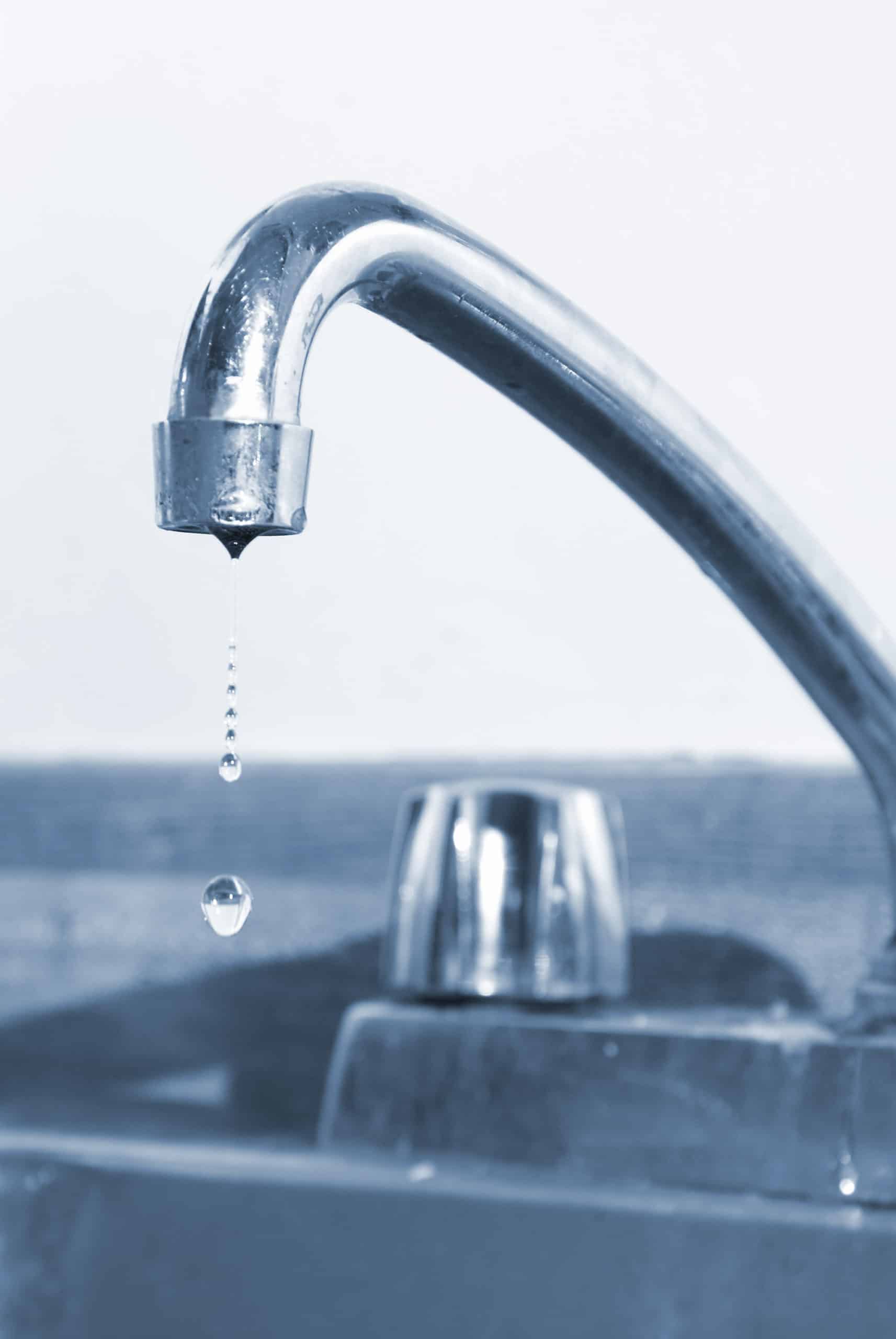Discovering the Significance of Dealing with a Dripping Faucet
Discovering the Significance of Dealing with a Dripping Faucet
Blog Article
What are your ideas on Water Dripping from Faucet: Why and How to Fix?

Dripping faucets may look like a minor inconvenience, yet their influence goes beyond simply the inconvenience of the audio. From wasting water to incurring unneeded monetary prices and health risks, overlooking a dripping tap can lead to various consequences. In this write-up, we'll delve into why it's important to address this common house concern quickly and effectively.
Waste of Water
Environmental Effect
Dripping faucets add considerably to water wastage. According to the Epa (EPA), a single faucet trickling at one drip per second can squander more than 3,000 gallons of water annually. This not just strains water sources yet additionally affects communities and wildlife depending on them.
Step-by-Step Guide to Fixing a Dripping Faucet
Devices Required
Prior to trying to fix a leaking tap, gather the required devices, including a flexible wrench, screwdrivers, replacement components (such as washers or cartridges), and plumber's tape.
Typical Faucet Issues and Their Solutions
Identify the sort of tap and the particular issue causing the drip. Typical troubles consist of damaged washing machines, rusty shutoff seats, or malfunctioning O-rings. Refer to producer instructions or online tutorials for detailed assistance on fixings.
Financial Costs
Raised Water Bills
Beyond the environmental impact, dripping faucets can pump up water costs considerably. The collected waste in time translates right into greater utility expenditures, which might have been prevented with prompt repair work.
Possible Residential Property Damages
In addition, prolonged dripping can result in harm to fixtures and surfaces surrounding the faucet. Water buildup can create discoloration, corrosion, and also structural issues if left neglected, causing added fixing prices.
Health and wellness Worries
Mold And Mildew and Mildew Development
The constant existence of moisture from a leaking tap creates an excellent atmosphere for mold and mildew and mildew development. These fungis not only jeopardize indoor air top quality however likewise pose health and wellness dangers, especially for people with respiratory problems or allergic reactions.
Waterborne Conditions
Stagnant water in dripping taps can come to be a breeding place for germs and other pathogens, boosting the threat of waterborne diseases. Contaminants such as Legionella bacteria grow in stagnant water, potentially causing significant ailments when consumed or breathed in.
Do it yourself vs. Professional Repair work
Benefits and drawbacks of Do It Yourself Repair Work
While some might try to fix a trickling faucet themselves, DIY fixings feature their very own set of challenges. Without appropriate expertise and devices, do it yourself efforts can intensify the problem or bring about incomplete repair work, lengthening the problem.
Advantages of Employing a Professional Plumber
Employing a specialist plumber makes sure that the underlying source of the leaking tap is attended to properly. Plumbers possess the experience and equipment to diagnose and repair tap problems efficiently, conserving time and decreasing the danger of more damage.
Environmental Duty
Individual Contribution to Preservation
Taking responsibility for taking care of trickling taps aligns with broader initiatives toward water conservation and environmental sustainability. Every individual's activities jointly make a considerable impact on preserving priceless resources.
Lasting Living Practices
By prioritizing timely repair services and adopting water-saving practices, individuals contribute to lasting living techniques that profit both present and future generations.
Preventive Measures
Regular Maintenance Tips
To avoid dripping faucets, execute regular maintenance such as cleaning up aerators, inspecting for leaks, and replacing worn-out components quickly. In addition, consider installing water-saving gadgets or upgrading to much more effective components.
Significance of Prompt Repair Works
Dealing with trickling taps as soon as they're observed avoids further water wastefulness and prospective damage, inevitably conserving both water and cash over time.
Effect On Residential Property Value
Understanding of Well-Maintained Property
Preserving a residential or commercial property in good condition, consisting of dealing with upkeep problems like dripping faucets, improves its perceived value and charm among prospective purchasers or lessees.
Influence on Resale Value
Qualities with well-maintained plumbing fixtures, consisting of faucets, command greater resale values in the property market. Dealing with leaking taps can add to a favorable perception throughout home assessments and settlements.
Conclusion
Resolving a leaking faucet goes beyond simple ease; it's a crucial step towards saving water, reducing economic prices, and guarding health and wellness and property. Whether through do it yourself repair work or expert assistance, acting to fix trickling faucets is a little yet impactful method to advertise responsible stewardship of resources and contribute to a much healthier, a lot more lasting future.
How to Fix a Dripping or Leaky Faucet
A leaking faucet is one of the most common problems that homeowners encounter, but it being commonplace doesn’t make it any less annoying. The constant drip drip drip of a leaking bathtub faucet, showerhead, or sink tap can disturb your home’s serenity. Left neglected, a dripping faucet can also result in higher water bills and discoloration or mold growth in your sink or plumbing fixtures.
Fortunately, you don’t have to be a trained plumber to know how to stop a dripping faucet. With some basic tools, replacement parts, and a little patience, leaky faucet repair is a breeze. In this article, we’ll explain what causes dripping faucets and how you can fix them.
What Causes a Leaking Faucet?
Kitchen and bathroom faucets come in all manner of designs, but most involve some combination of valves, O-rings, seals, and washers. The O-ring is usually the weakest link, but any one of these pieces can wear down over time. Heat, moisture, temperature fluctuations, minerals, mold, and movement can contribute to warping and corrosion, breaking the watertight seal. This just comes with the territory of being a homeowner. Everything is always subject to wear and tear, and some component parts of your appliances and fixtures need to be replaced on occasion. At least replacement O-rings are cheap!
More rarely, dripping faucets can be a symptom of excessively high water pressure. Were this the case in your home, you would probably notice that the leak is not isolated to one faucet. Water pressure issues are harder to resolve on your own. We recommend contacting a professional plumber if you suspect your water pressure is too high.
How to Fix a Dripping Faucet
Pipe wrench or monkey wrench Allen wrench set Screwdrivers Old towel or rag Shut off the water.
Before you do anything, you need to turn off the water to keep from drenching your kitchen or bathroom. You should find a valve under the sink and against the wall. Once you’ve turned this valve, try turning the faucet on to confirm that the water source has been cut off.
If you can’t locate your local valve for the faucet you’re working on, you can always shut off the water to the house at the main valve. Of course, this will prohibit anyone from using the sinks, showers, or toilets while you’re working on the faucet that’s giving you trouble.
Plug or block the drain.
You’ll be disassembling the faucet and removing some small bits of hardware. Plug the drain with a stopper or rag to avoid the possibility of a small screw falling into your P-trap.
Take apart the faucet assembly.
There are several varieties of kitchen and bathroom faucets, each with its own manner of assembly. For detailed instructions on how to disassemble your faucet, you can refer to the fixture’s manual or contact the manufacturer. If you know whether you have a ball, disc, cartridge, or compression faucet, you can find detailed schematics online.
In general, you need to begin by removing the faucet handles. You might notice a small screw that you’ll need to remove with a screwdriver or Allen wrench. If you don’t see any visible securing hardware, it’s likely hidden under a decorative cap that can be unscrewed or popped off with flathead screwdriver.
Remove each piece methodically, consulting a schematic when necessary. Take notes or arrange the pieces in such a way to make it easier to correctly reassemble the faucet later.
Remove the cartridge.
Once you’ve removed the handles and securing hardware, you should be able to remove the valve cartridge or stem. Some cartridges will slide right out. Other faucet models will require you to loosen a nut with a pipe wrench before you can remove the valve stem.
Examine the exposed hardware.
With the cartridge or stem removed, inspect the component parts. Check the rubber O-rings for wear and tear. Also examine the seat washer for corrosion or other damage. These pieces are usually the responsible parties for a dripping faucet, but it’s worth inspecting the other component parts while you have the faucet disassembled.
Find replacement parts.
Once you’ve identified which faucet component has failed, find an identical replacement. Your local hardware store should have O-rings, seat washers, and other standard components in stock. If you have a luxury or uncommon faucet, you may have to contact the manufacturer for a replacement part.
It’s a good idea to take your old parts with you to the hardware store so you can compare them with the store’s inventory and be sure you’re purchasing the correct replacement.
Reassemble the faucet.
With your new parts in hand, reconstruct the faucet and handles. Don’t be tempted to overtighten screws or nuts. You might think this could create a better seal, but it can instead damage or bend a delicate part of the assembly and create a new problem for you.
Turn on the water and test the faucet.
The only thing left to do is test your work. Unplug the sink, turn the water back on, and try the faucet. Congratulate yourself on a job well done!
https://www.libertyhomeguard.com/how-to-fix-a-dripping-or-leaky-faucet/

I found that post on 4 Common Reasons for a Leaky Faucet when doing a lookup on the internet. Are you aware of another individual who is sincerely interested in Why Is It Important To Fix Your Leaking Tap/Faucet?? Please feel free to promote it. Many thanks for being here. Please come by our blog back soon.
Report this page